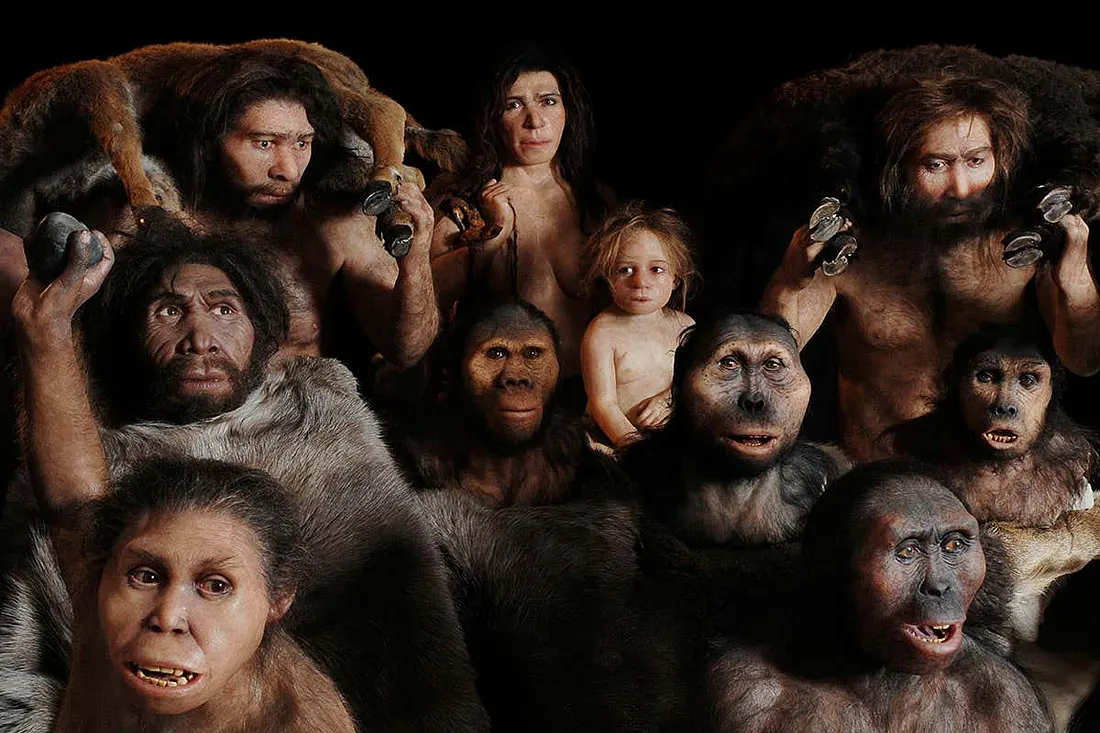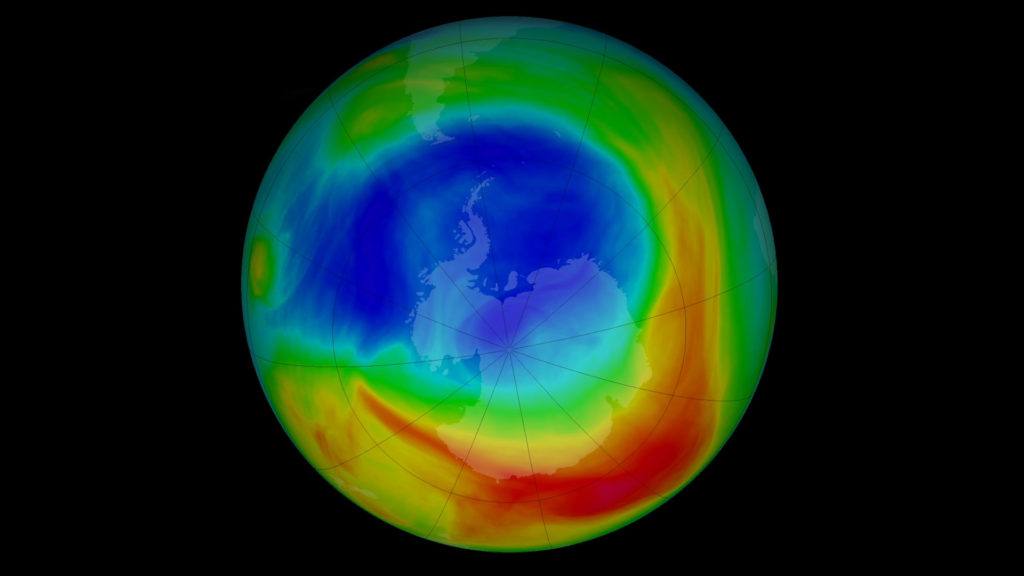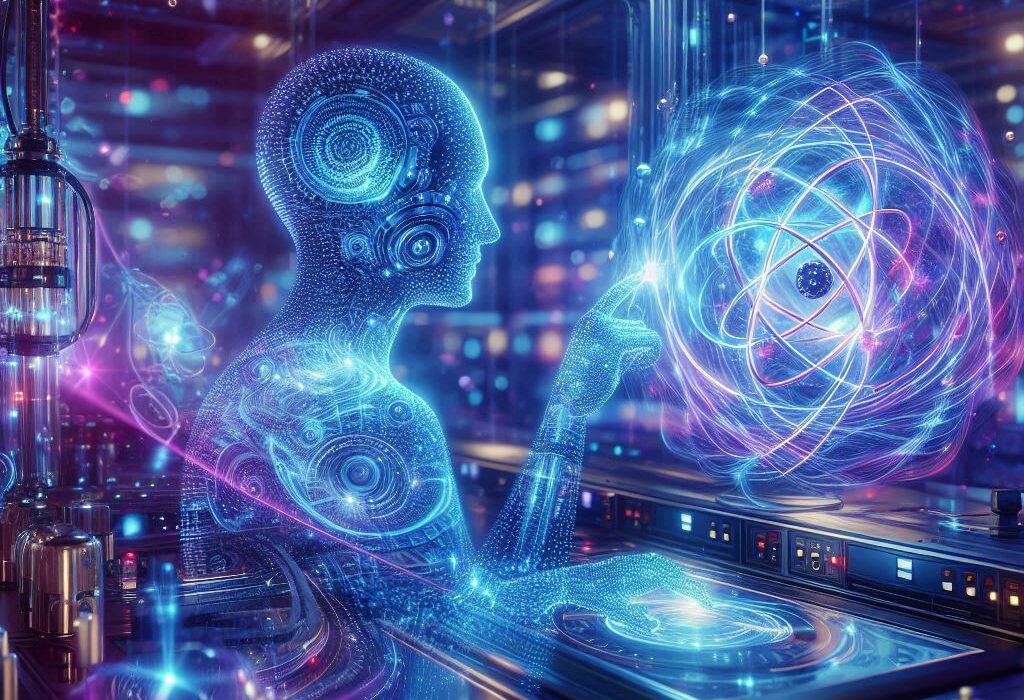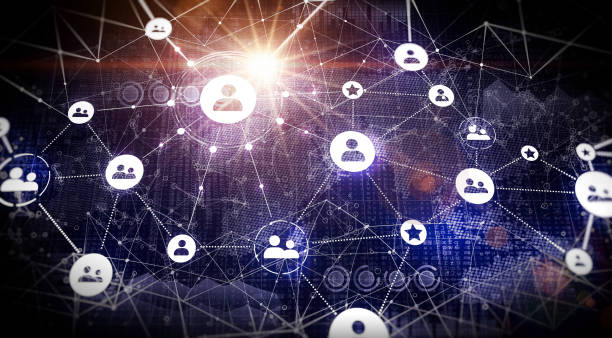Science is not just a collection of facts—it is the story of humanity’s relentless pursuit of truth. Every breakthrough in science has reshaped the way we understand ourselves, our world, and the universe beyond. These discoveries are not only remarkable for their intellectual brilliance but also for their profound impact on human civilization. They have extended our lives, connected our societies, and expanded our imagination of what is possible.
Modern science, particularly from the 19th century to today, has been marked by an explosion of knowledge and innovation. We have unraveled mysteries at the scale of atoms and galaxies, invented machines that think, and even glimpsed the very building blocks of life. Yet each breakthrough also reminds us that knowledge is never final—it is a doorway to even deeper mysteries.
Here, we explore ten of the greatest scientific breakthroughs of modern times—discoveries that continue to shape our lives and our future.
1. The Theory of Evolution by Natural Selection
Few scientific ideas have transformed human thought as profoundly as Charles Darwin’s theory of evolution by natural selection. In his 1859 book On the Origin of Species, Darwin proposed that species evolve over time through a process in which individuals with traits better suited to their environment are more likely to survive and reproduce.
The revolutionary aspect of this theory was that it explained life’s diversity without invoking supernatural design. Instead, the natural processes of variation, competition, and inheritance were sufficient to account for the richness of life on Earth.
Since Darwin’s time, genetics and molecular biology have confirmed and deepened our understanding of evolution. DNA evidence shows how closely related all living beings are, and fossil records reveal the story of life’s gradual transformation over billions of years.
The theory of evolution is more than biology—it reshaped philosophy, anthropology, and even theology. It reminded humanity that we are not separate from nature but deeply connected to it, part of a continuous unfolding of life.
2. The Discovery of Germ Theory
For most of human history, diseases were mysteries often attributed to bad air, curses, or the wrath of gods. It wasn’t until the 19th century that scientists like Louis Pasteur and Robert Koch revealed the truth: many illnesses are caused by microorganisms such as bacteria and viruses.
This revelation, known as germ theory, revolutionized medicine and public health. Pasteur demonstrated how microbes spoil food and cause diseases, while Koch identified the bacteria responsible for tuberculosis and cholera. Suddenly, diseases were not mysterious plagues—they were natural phenomena with identifiable causes.
The practical impact of germ theory has been enormous. It led to the development of sterilization, antiseptics, vaccinations, and antibiotics. Hospitals transformed from places of high mortality to centers of healing. Millions of lives have been saved, and global life expectancy has doubled since germ theory was established.
Today, germ theory continues to guide modern medicine, from fighting pandemics to developing life-saving vaccines. It stands as one of the most powerful breakthroughs in human history.
3. The Theory of Relativity
In the early 20th century, Albert Einstein revolutionized our understanding of space, time, and gravity. His special theory of relativity (1905) revealed that space and time are not fixed but relative, depending on the observer’s speed. It introduced the world to the famous equation E = mc², showing that energy and mass are interchangeable.
Ten years later, his general theory of relativity (1915) reshaped our understanding of gravity. Rather than being a simple force, gravity is the warping of space-time itself by massive objects. This mind-bending idea has been confirmed repeatedly, from observing starlight bending around the sun during an eclipse to detecting gravitational waves rippling through space.
Relativity is not just theoretical—it underpins technologies we use every day. GPS navigation, for example, must account for relativity to provide accurate positioning. On a grander scale, relativity allows us to understand black holes, the Big Bang, and the structure of the universe itself.
Einstein’s theories redefined reality, showing that the cosmos is far stranger and more beautiful than anyone had imagined.
4. Quantum Mechanics
If relativity reshaped our view of the cosmos, quantum mechanics revolutionized our understanding of the microscopic world. Emerging in the early 20th century through the work of pioneers like Max Planck, Niels Bohr, Werner Heisenberg, and Erwin Schrödinger, quantum mechanics describes the behavior of matter and energy at the atomic and subatomic level.
Quantum mechanics revealed a universe that defies classical intuition. Particles can exist in multiple states at once (superposition), their properties cannot be fully known at the same time (uncertainty principle), and they can influence each other instantly across distances (entanglement).
Though bizarre, quantum mechanics is one of the most successful scientific theories ever developed. It explains the structure of atoms, the behavior of semiconductors, and the interactions of particles in accelerators. Without it, we would not have transistors, lasers, or modern computers.
The implications of quantum theory are still being explored today, especially in quantum computing and quantum communication. These technologies promise to revolutionize computing power and security, potentially marking the next great leap in science.
5. The Discovery of DNA and the Genetic Code
In 1953, James Watson and Francis Crick, with crucial contributions from Rosalind Franklin and Maurice Wilkins, revealed the double-helix structure of DNA. This discovery was a turning point in biology, showing that DNA is the molecule of heredity—the blueprint of life.
The double helix explained how genetic information is stored, copied, and transmitted across generations. Each sequence of DNA’s four bases (adenine, thymine, cytosine, and guanine) encodes instructions for building proteins, which in turn form the structures and functions of living organisms.
This discovery gave birth to the field of molecular biology and launched a revolution in genetics. It led to the mapping of the human genome, advanced our understanding of diseases, and opened the door to genetic engineering, gene therapy, and CRISPR technology.
DNA has also reshaped fields far beyond biology. It is used in forensics, anthropology, and even to trace human migrations across the globe. At its core, the discovery of DNA revealed the shared code of life, uniting all organisms in one genetic tapestry.
6. The Harnessing of Electricity
Electricity had been known since ancient times, but it was in the 18th and 19th centuries that scientists like Benjamin Franklin, Alessandro Volta, Michael Faraday, and James Clerk Maxwell uncovered its principles and harnessed its power.
Faraday’s work on electromagnetism and Maxwell’s equations provided the theoretical foundation, while innovators like Thomas Edison and Nikola Tesla developed practical applications. Electricity transformed human civilization, powering homes, industries, and communications.
The impact of this breakthrough is incalculable. Electricity enabled lighting, refrigeration, modern medicine, and entire networks of industry. It powered the digital revolution, making possible computers, smartphones, and the internet.
Electricity is more than a discovery—it is the lifeblood of modern society. Without it, nearly every aspect of daily life, from clean water to global communication, would collapse. It is one of humanity’s most transformative achievements.
7. The Development of Vaccines and Antibiotics
Few breakthroughs have saved as many lives as vaccines and antibiotics. Vaccines, pioneered by Edward Jenner in the late 18th century and later advanced by Louis Pasteur, train the immune system to recognize and fight pathogens before they cause disease.
Antibiotics, discovered in the 20th century, offered another revolution. Alexander Fleming’s discovery of penicillin in 1928 provided a powerful weapon against bacterial infections that had once been deadly.
Together, vaccines and antibiotics reshaped human health. Diseases like smallpox have been eradicated, polio has been nearly eliminated, and countless infections that once claimed millions of lives are now treatable.
These breakthroughs not only extended human life but also changed history. By reducing childhood mortality, they altered demographics, economies, and the future of entire nations.
Even today, as we face challenges like antibiotic resistance and emerging viruses, the legacy of these discoveries continues to protect humanity.
8. The Invention of the Computer and the Digital Revolution
The 20th century saw another world-changing breakthrough: the invention of the computer. Initially designed to solve complex calculations, computers quickly evolved into universal machines capable of processing, storing, and transmitting information.
Key breakthroughs included Alan Turing’s concept of the universal machine, John von Neumann’s architecture, and the development of the transistor, which replaced bulky vacuum tubes. The invention of microchips, followed by personal computers and the internet, sparked a revolution that continues today.
Computers have transformed every aspect of human life—science, communication, business, education, and entertainment. They enable artificial intelligence, space exploration, and global networks. The digital revolution has connected billions of people, creating a world where knowledge is accessible at our fingertips.
The computer is not just a machine; it is a new way of thinking, a tool that amplifies human intelligence and creativity on a global scale.
9. Space Exploration and the Moon Landing
For millennia, humans looked at the stars with wonder. In the 20th century, we turned that wonder into action. The launch of Sputnik in 1957 marked the dawn of space exploration, followed by Yuri Gagarin’s first human spaceflight in 1961. The greatest triumph came in 1969, when humans walked on the Moon.
Space exploration is one of modern science’s boldest achievements. It required advances in physics, engineering, medicine, and computing. It showed what humanity can accomplish when imagination and science unite.
The practical benefits are immense: satellite technology, weather forecasting, global communication, and navigation all owe their existence to space science. Exploration has also revealed the fragility of Earth, inspiring environmental awareness.
Today, space exploration continues with Mars rovers, telescopes probing the universe’s edge, and ambitions to return humans to the Moon and beyond. The moon landing was not just a triumph of technology—it was a triumph of human spirit, showing that the impossible is within reach.
10. Artificial Intelligence and Machine Learning
The most recent and rapidly advancing breakthrough in science is artificial intelligence (AI). Once a dream of science fiction, AI is now a reality, transforming industries and daily life.
Machine learning algorithms, inspired by the brain’s neural networks, allow computers to learn from data and improve their performance without explicit programming. AI now powers everything from search engines and voice assistants to medical diagnostics and self-driving cars.
The potential of AI is staggering. It can analyze massive datasets, accelerate drug discovery, optimize energy systems, and even create art. Yet it also raises profound ethical questions about privacy, employment, and what it means to be human.
AI is not just another tool—it is a scientific breakthrough that challenges our understanding of intelligence itself. As we move deeper into the AI era, we are witnessing the birth of a technology that may rival electricity and the internet in its transformative power.
Conclusion
The breakthroughs of modern science are not isolated events—they are chapters in a story of human curiosity and ingenuity. From Darwin’s evolution to Einstein’s relativity, from DNA to AI, each discovery has reshaped the way we see the world and ourselves.
These breakthroughs have saved lives, expanded horizons, and unlocked new possibilities. They have also reminded us of our responsibility: to use science not only for progress but for the betterment of humanity and the preservation of our planet.
The story of science is far from over. As new questions emerge—about consciousness, the universe, and life itself—the next great breakthroughs await. And just like the ones before them, they will change everything we thought we knew.






